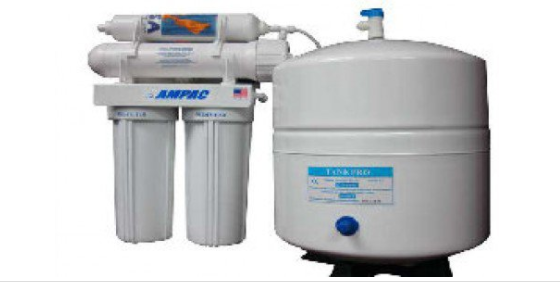Last updated on March 29th, 2025 at 02:26 pm
Water is an essential need of the human body and is required in huge amounts for the growing population in the world. Health benefits of water aside, without it, the body begins to shut down its functions. Now consider if the water being supplied to you doesn’t taste right, would you have it even if there was a chance for it to risk your health? More than half of the Americans don’t think so.
In a phone interview with Lucy Schouten from the Christian Science Monitor, Peggy Schwartz, aged 56 from Phoenix describes how her daily life involves bottles. “I use, for drinking, all bottled water and have forever,” says Ms. Schwartz. “But I have never had anything tested, I don’t know statistically if it’s good, bad or what.” This sudden change in lifestyle came in Ms. Schwartz’s life when one fine day the tap water did not taste right.
After the Flint water crisis garnered global attention, NSF International, a global public health and safety organization conducted a survey, results of which revealed that, while 71% of Americans drink tap water,
More than half (55%) of Americans are concerned about contaminants in their drinking water.
All cities are required to provide water quality reports to its consumers, but after Boston, very few cities have mapped the presence of lead pipes in their city supply system. Before 1950, lead pipes were in use for the supply of water from treatment plants to homes and businesses. Now the pipes used are mostly copper, but cities do not know which ones have been replaced.
Recently, Andrew Flett quit his job as an assistant operator at the water treatment plant in Garden Hill First Nation, to be a cargo driver. In an exclusive to CBC News, Flett said he was confident about the water when it left the treatment plant, that it was safe and drinkable.
“It was severe with my daughter and my wife because when they would eat they couldn’t keep anything down. So I started boiling the water from our tap. They seemed fine after that.”
This led to his family and hundreds like him take out the plumbing of water supply. His pipes are not connected to the treatment plant, instead, water is drawn from storage tanks which are refilled by truck deliveries bringing in water from the plant.
“There’s like a film that settles at the bottom of every tank. It’s full of bacteria and you can get sick. It causes diarrhea, eating problems and all that,” adds Flett.
Even water quality, like most public services, seems to differ for different income families. In a poll by AP/GfK suggested Americans are aware of it. In households with more than $100,000 annual income, 6 out of 10 people trusted the tap water. As the level goes down, the poll found out, in a household with less than $50,000, the number decreased to 4 out of 10.
Whether water is tasty or not is difficult to quantify. Although Boston, which has some of the oldest pipes in the country was awarded the 2014 Tastiest Tap Water title by American Water Works Association that conducts the tap water taste test. A lot of such cities use corrosion control treatment chemicals to purify the water passing through the lead pipes. A crucial step like this was neglected by Flint for 3 years. With time, lead mixes with the water and poisons those who drink it.
Even as the country shivered with the horror of poisoned lead water discovered in Flint, even more scary news came out of NBC earlier this month. In a report from Government Accountability Office found 41 percent of the country’s schools hadn’t tested for lead in water and, 37 percent found elevated levels of lead in the school drinking water.
Even with the difference in lead levels in the water, its presence is harmful to people, causing irreversible nerve damage and permanent brain damage in babies and children. Adults can face high blood pressure and other problems due to consumption. Even the Food and Drug Administration does not allow lead more than 5 parts per billion for bottled water.
With so much going on around, there is a high need for the authorities to look into the safety standards of water supply in each city to avoid another Flint crisis from happening. It is only to see then if the citizens are ready to accept water coming in from their taps.








